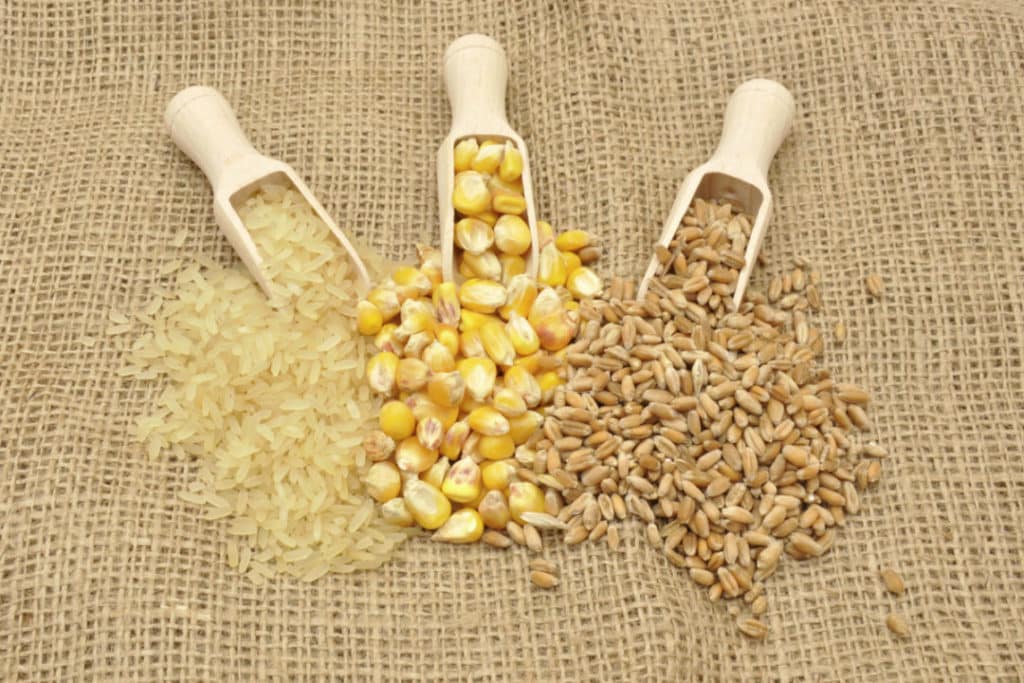
The United Nations’ Food and Agriculture Organization (FAO) projected a further reduction in global grain production in its latest Cereal Supply and Demand Brief, released on Oct. 6. The FAO pegged output in 2022 at 2.768 billion tonnes, a 1.7% decline from last year’s crop.
World coarse grain output is forecast at 1.468 billion tonnes, down 2.8% year-on-year, due largely to adverse crop conditions in the United States. World rice production is forecast at 512.8 million tonnes, down 2.4% from its all-time high reached in 2021, but still an above-average crop. Downward revision to rice output since September reflects summer dryness and high temperatures in China and flooding in Pakistan.
The FAO raised in September its global wheat production forecast to 787.2 million tonnes, up 1% from the previous year and on track to reach a record high, due to better-than-expected yields in the European Union and the Russian Federation.
World grain utilization in the 2022-23 marketing year (July to June) is now forecast to decline by 0.5% from the previous season to 2.784 billion tonnes, with the reduction mostly reflecting reduced feed use.
World grain stocks at the close of the 2023 season are forecast to contract by 1.6% below their opening levels, down to 848 million tonnes. The world grain stocks-to-use ratio is expected to drop to 29.7% in 2022-23 from 31% in the previous year but would still be relatively high from a historical perspective.
World trade in grains is predicted to decline by 2.4% in 2022-23 from the preceding marketing season, with foreseen contractions in trade of all major grains.
Among other factors, the consequences of the war in Ukraine and the strength of the United States dollar are seen contributing to this decline, the FAO said.
In a separate report, the FAO said its gauge for world food commodity prices declined for the sixth straight month but noted that its Cereal Price Index rose 1.5% from August to September.
International wheat prices rebounded by 2.2%, linked to concerns regarding dry crop conditions in Argentina and the United States, a fast pace of exports from the European Union amid high internal demand and heightened uncertainty about the Black Sea Grain Initiative’s continuation beyond November.
World maize prices were mostly stable, as a strong US dollar countered pressure from a tighter supply outlook linked to downgraded production prospects in the US and the European Union.
The FAO All-Rice Price Index rose by 2.2%, largely in response to export policy changes in India.
